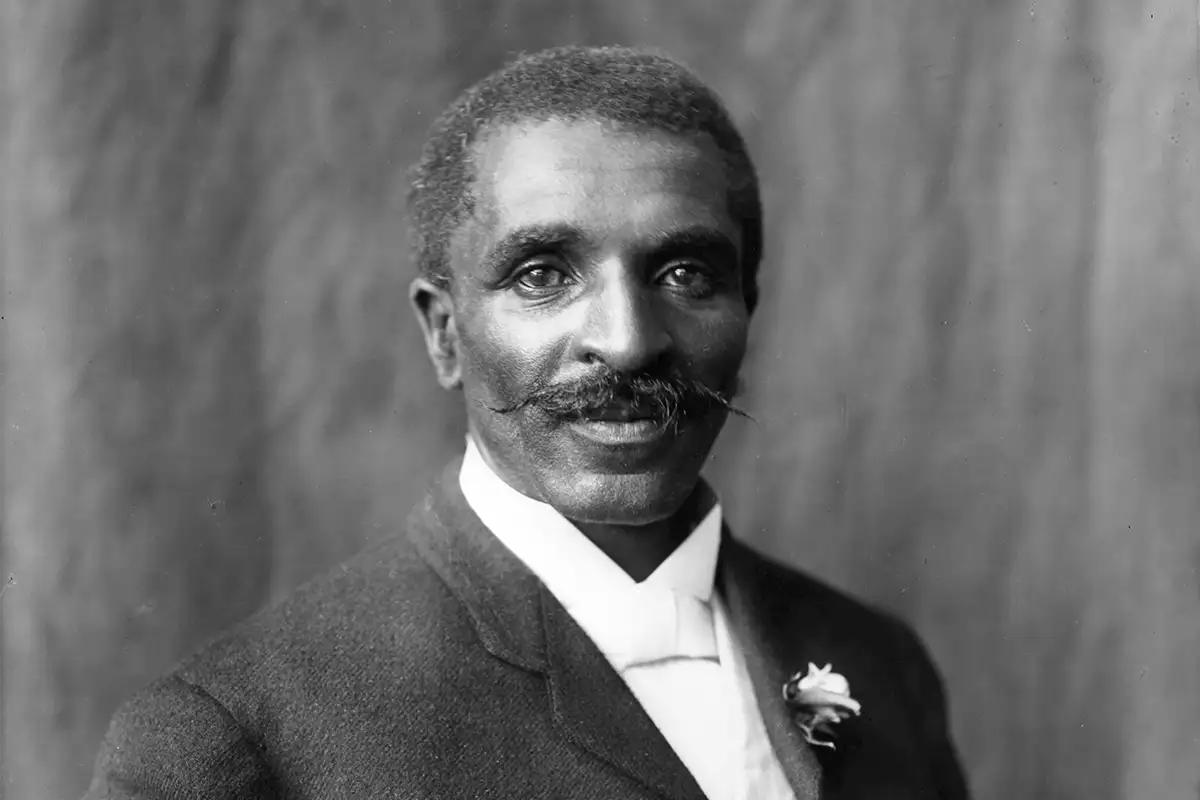
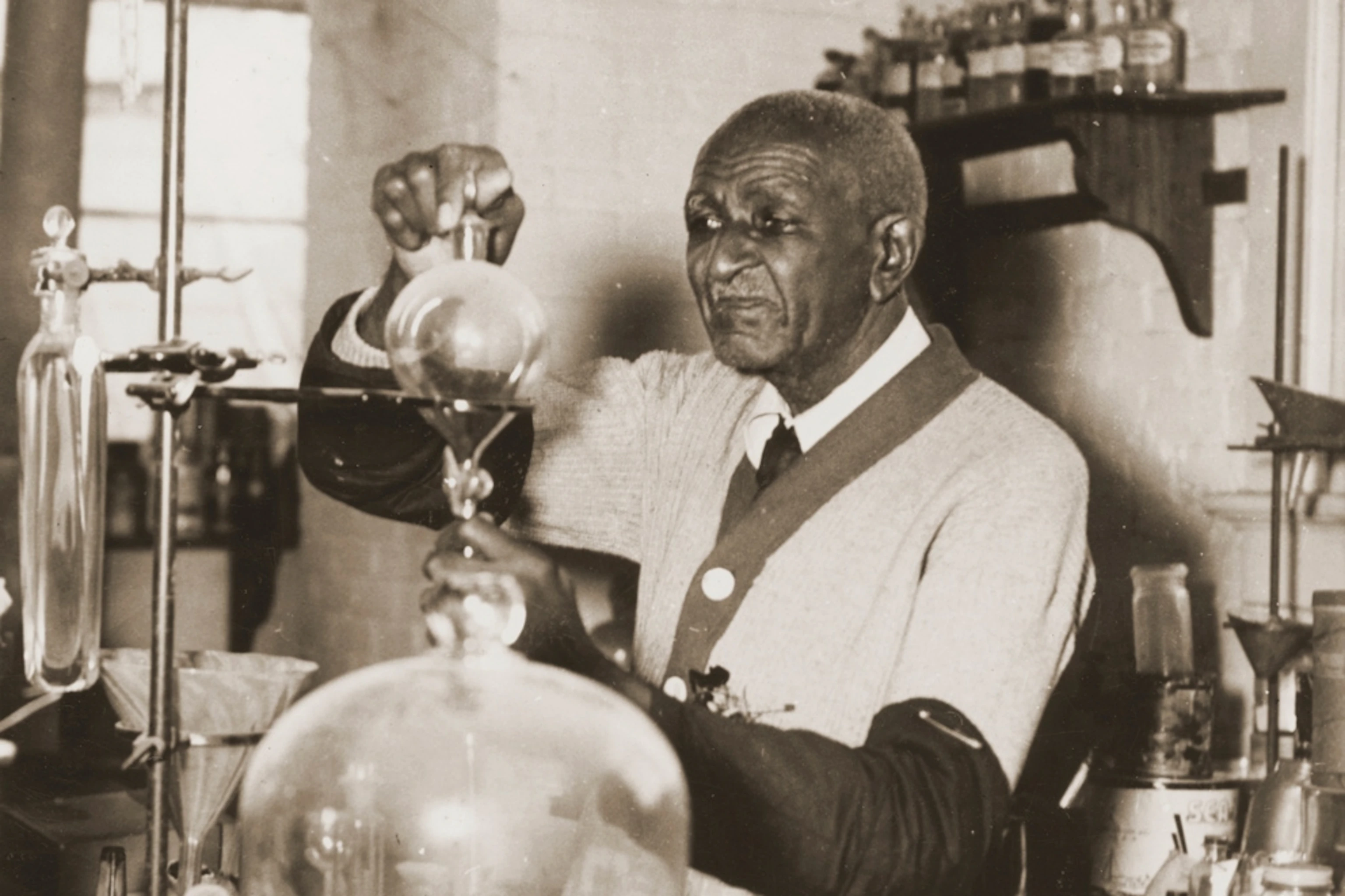
George Washington Carver was an African American inventor, scientist and educator who overcame great hardship in his early life to become one of the most accomplished and respected figures of his time.
Carver was born into slavery in Missouri in 1864, just a year before the end of the Civil War. Despite the abolition of slavery, he and his family faced severe poverty and discrimination in the years that followed. Despite these challenges, Carver was determined to pursue an education and worked tirelessly to achieve his goals.
Carver was able to attend school in Neosho, Missouri, where he excelled in his studies. After completing high school, he attended Simpson College in Indianola, Iowa, where he studied art and piano. However, his true passion was for science and agriculture, and he decided to transfer to the Iowa Agricultural College (now Iowa State University) to study these subjects.
Carver graduated from Iowa State in 1894, becoming the first African American to graduate with a degree in agriculture. He then began a career in teaching and research, working at the Tuskegee Institute in Alabama, where he would spend the rest of his career.
At Tuskegee, Carver quickly made a name for himself as a brilliant scientist and inventor. He devoted much of his time to researching ways to improve the lives of poor farmers in the South, particularly African American farmers, who were facing severe economic difficulties. He developed new techniques for crop rotation, soil conservation and crop diversification, which helped to improve yields and increase the income of farmers.
One of Carver's most famous achievements was his work with peanuts. He discovered hundreds of uses for the humble legume, including as a source of oil, flour, soap, and even gasoline. His work with peanuts helped to establish the crop as a major industry in the South, and earned him the nickname "The Peanut Man."
Carver's contributions to science and agriculture were recognized by many organizations and awards. He was awarded with the Spingarn Medal from the National Association for the Advancement of Colored People (NAACP) in 1915, and was appointed as a member of the Royal Society of Arts in London in 1926, becoming the first Black American to be so honored. He was also the first African-American to be honored by the US Congress and President Franklin D. Roosevelt with a National Medal of Science in 1940.
Carver's life and work have inspired countless others to pursue careers in science and agriculture. His legacy continues to be celebrated today, as an example of what can be achieved through hard work, determination, and a passion for learning.
Black Wall Street Thrived
How the greatest black community thrived before its dismantling
Black Wall Street, also known as Greenwood Avenue in Tulsa, Oklahoma, was a bustling hub of African American-owned businesses during the early 20th century. It was a thriving community that served as a model for other African American business districts across the country.
One of the key factors that contributed to the success of Black Wall Street was the strong sense of community that existed among its residents. Despite facing widespread discrimination and segregation, the people of Greenwood Avenue were able to come together and support one another's businesses. This sense of community was not just limited to the business owners, but extended to the consumers as well, who made a conscious effort to shop at and support their neighbors' businesses.
Another factor that contributed to the success of Black Wall Street was the high level of innovation that was present within the community. Many of the businesses on Greenwood Avenue were able to thrive because they were able to offer unique products or services that their competitors could not. For example, the Dreamland Theater was the first movie theater in the city to show "race films," which were specifically made for African American audiences. These films were a hit and helped to drive business to the Dreamland Theater.
Additionally, the businesses on Black Wall Street were able to form strong partnerships with each other, which allowed them to pool their resources and work together to create a more competitive market. This was especially important for businesses that faced discrimination from their white counterparts, as it allowed them to build a strong and self-sufficient community that was able to withstand economic challenges.
Overall, Black Wall Street was a remarkable example of the power of innovation and community in the face of adversity. Despite facing widespread discrimination and segregation, the businesses on Greenwood Avenue were able to thrive and become a model for other African American business districts across the country.
Learn to use ChatGPT like a Pro!
download a PDF on how to use ChatGPT for your own interest by clicking button below
To download the PDF for FREE individuals must pass human verification. Simply complete an offer after clicking the button to unlock the offer. If you complete an offer and page does not download automatically, refresh your page.
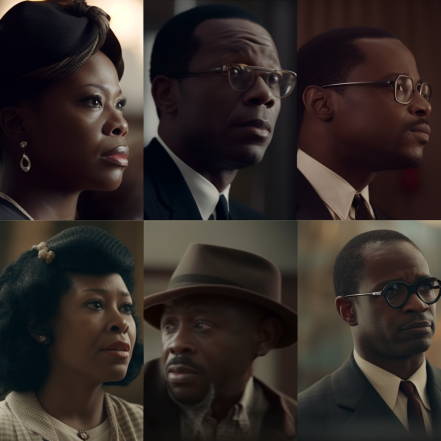
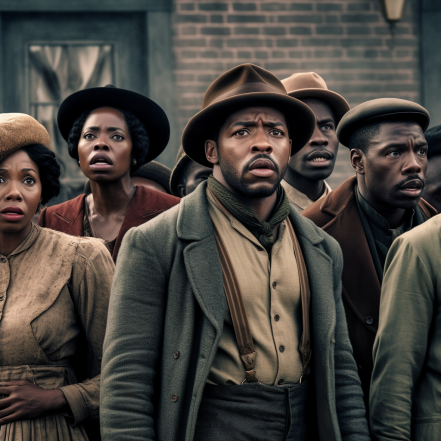

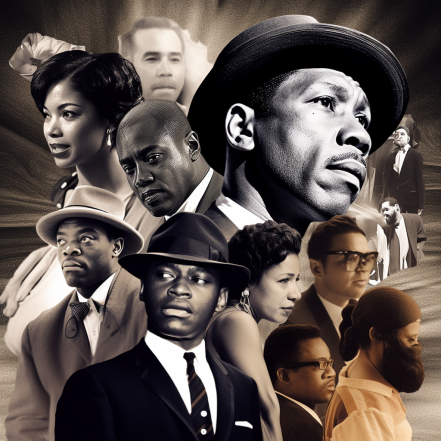
Like this article? Leave a comment and feel free to share!